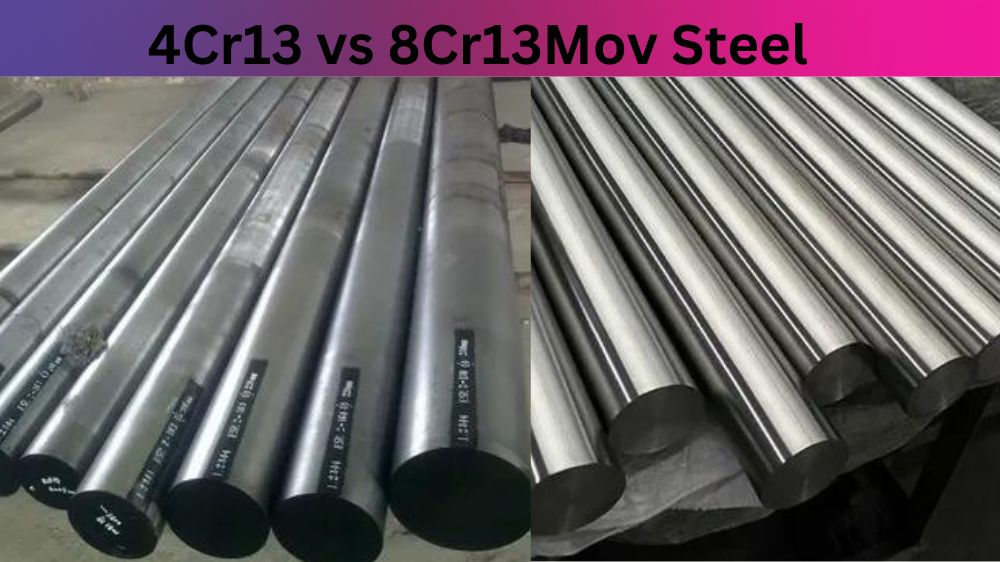Nickel 200 is a type of nickel alloy that is often used in the manufacturing and engineering industries. Welding this metal requires great precision and skill, as it is more brittle than other metals like steel or copper. In this blog post, we will provide an overview of the welding process for nickel 200 so that you can become more informed about this highly specialized technique.
Equipment Needed for Welding Nickel 200
The first step to successfully welding this metal is ensuring you have all the necessary equipment on hand. This includes a TIG (inert tungsten gas) welder capable of producing high-temperature arcs with little spatter or distortion. You will also need some filler metal, either a nickel-based filler rod or an alloy rod with similar properties. Additionally, you’ll want to have some protective clothing on hand, such as a welding helmet and gloves.
Welding Process Steps
Once you have your equipment ready to go, it’s time to begin the welding process. First, you’ll need to clean the surfaces of both pieces of metal surfaces where they will be connected to remove any dust or debris that might interfere with your welds. After that, you’ll want to heat your weld area gradually until it reaches between 400 and 800 degrees Fahrenheit (204-427 degrees Celsius). This step is important because it helps prevent cracking and warping during the welding process.
Next, position your TIG torch at an angle from the joint line so that its arc extends across both pieces of metal evenly. Aim for a travel speed between 2 and 5 inches per minute (5-12 cm/min) so that your welds stay even without any gaps or weak spots. Finally, fill in any holes or gaps in your welds with filler material before allowing them to cool down completely.
Conclusion:
Welding nickel 200 requires careful attention to detail and precision to ensure strong welds without any cracking or warping issues later down the road. By following these steps and using quality tools and materials, you should be able to create strong welds quickly and easily—even if you’re new to welding! With practice comes success, so don’t get discouraged if, at first, it feels like a daunting task! With enough practice, anyone can learn how to weld nickel 200 with confidence properly!
Sakshee is a talented blogger, with a particular focus on the Business and Metal Industry. She is passionate about sharing her insights on various metal products and helping professionals to make a better decisions.




